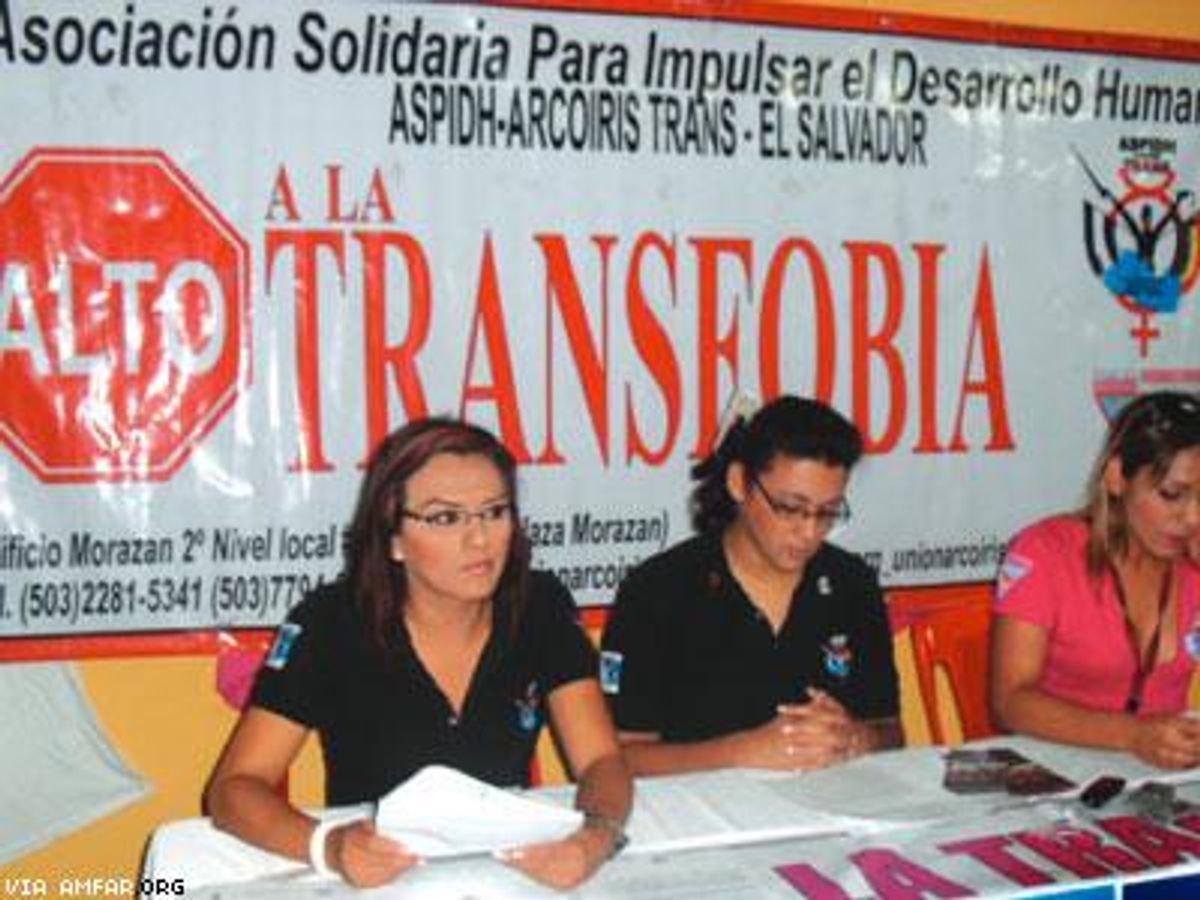Last month, The Foundation for AIDS Research (amfAR) released a report, titled, "Trans Populations and HIV: Time to End the Neglect," detailing the high rate of HIV infection among transgender men and women along with the failings of the HIV-focused medical community.
The study estimates that 19.1 percent of trans women are living with HIV, with higher rates of infection existing in the U.S. (21.6 percent) than countries defined by the report as "low and middle-income countries" (17.7 percent). The report's estimate suggests that trans women are among the most at risk demographic, and are an estimated 49 times more likely to be living with HIV than members of the general population. Rates of infection are even higher among trans women of color.
The reason for this alarmingly high rate of infection appears to hinge on a number of factors, including economic status, a propensity to engage in survival sex work, likelihood of intravenous drug use, and other high-risk behaviors.
In general, the public's interest in the high rate of HIV among trans women remains at near nonexistent levels. In studies and treatment cascades from pharmaceutical companies, trans women are often miscategorized, lumped in with and labelled "men who have sex with men." That misclassification further impedes the ability of the medical community to properly address the difficulties faced by transgender women.
Trans individuals often face high levels of medical discrimination as well. A 2011 report, "Injustice at Every Turn," suggests that nearly one in five trans individuals in the United States has reported being denied medical care as a result of his or her gender identity. Nearly one in ten trans people are unaware of their HIV status.
The amfAR report concludes that in order to begin to address the impact of HIV in the trans community, it's essential that steps be taken to ensure this at-risk group is recognized. AmfAR's recommendations include elevating trans issues on the HIV agenda, putting trans individuals in positions of leadership within HIV advocacy organizations, providing additional funding specific to study and treatment of trans HIV patients, ensuring trans people are properly categorized in future research, implementing laws prohibiting discrimination on the basis of gender identity, increasing trans-specific training within the medical community, and developing community support systems for trans individuals that encourage regular testing.
It's important to note that while these recomendations address both trans men and women, most of the study data applies to transgender women, because data regarding trans men and non-binary individuals is not readily available, and those groups are often miscategorized or overlooked entirely in HIV studies.












































































